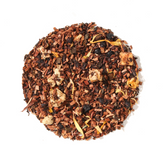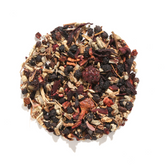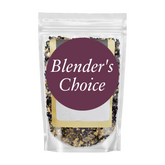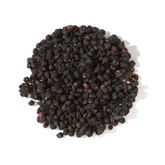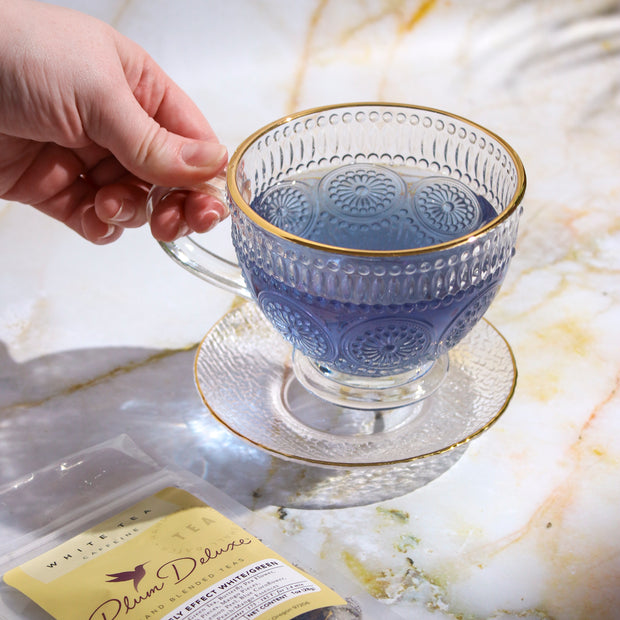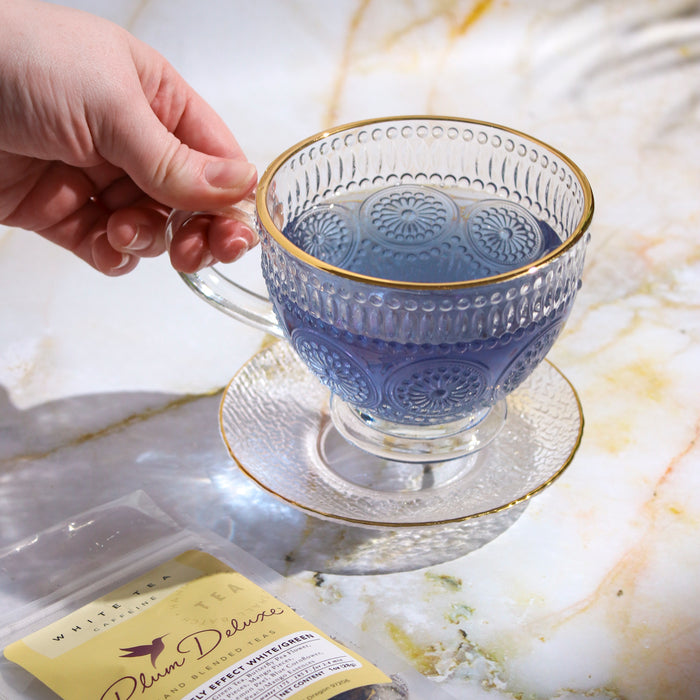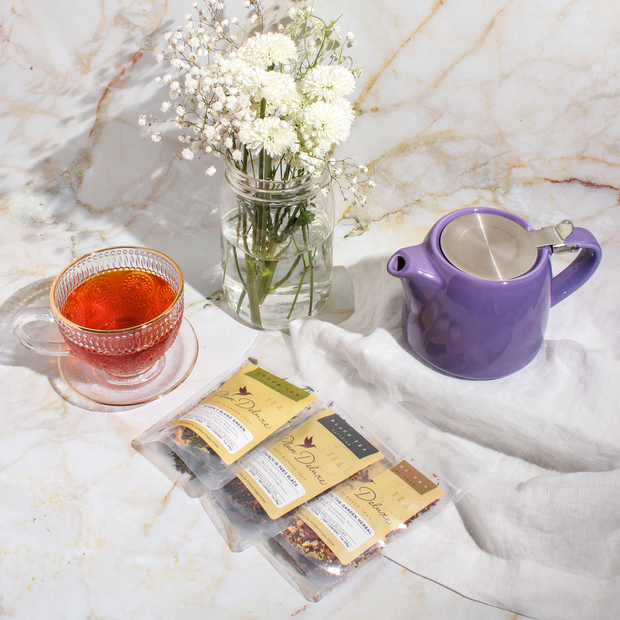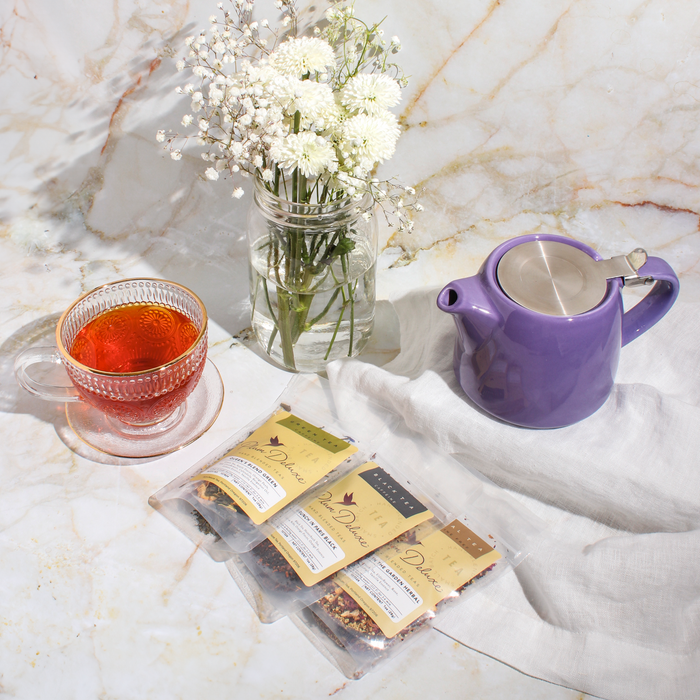
Does Tea Expire?
Like most things, tea does expire and deteriorate with age. The longer it is on the shelf, the more flavor it will lose. The dry leaves will last a long time, though.
Determining the shelf life depends on a multitude of factors such as the date, how the tea was stored, and the preparation method. Normally, packaged and loose leaf tea lasts in the pantry for 6-12 months; it is highly recommended to drink tea after receiving it within a year.
The only teas that tend to get better with age are pu-erh and certain white and oolong teas.
How to Tell if Tea is Expired
There is not one direct way to tell if your tea is spoiled; for the most part, you need to trust your senses. Usually, if the tea is expired, the nice aroma of the leaves will be gone due to the natural oils in the leaves evaporating over time. The longer it sits, the less flavorful the leaves will be.

How to Tell if Tea is Fresh
Like determining does tea expire, you use your senses to check if your tea is fresh. The touch of good-quality dried tea leaves should feel smooth, whole, and sturdy. It shouldn’t crumble or disintegrate with careful handling, and steeped leaves should feel slippery and smooth to the touch.
The smell of fresh tea will have a strong and distinct aroma. Green tea will smell grassy, light, and fresh, and black tea will smell earthy, floral, and sweet. When you steep the tea, you should be able to smell the individual ingredients added.
The taste of good tea will be strong, recognizable, and feel a specific way. Green tea usually feels and tastes smooth, bright, and refreshing, while black tea has a stronger taste. White tea generally is smoother, and chai tends to be a bit spicy. If the flavor of your tea is barely noticeable or chemical-tasting, it can be a sign that your tea is old.

What to Do if You Have Too Much Tea
Now that you can identify tea that has gone bad, go through your pantry and dispose of any tea that you may think has those characteristics. If you still have an over-abundance of tea left, here are a few ideas of what you can do so it doesn’t go to waste:
Have a tea party! Grab your best friends and put together a tea party. Have a few different tea options, make some tea sandwiches, and bake some pastries for an overall fun time.
Send your friend a letter and tea. Everyone loves getting mail, and in a world where everyone is texting, it is especially special. In addition to sending a handwritten note, throw in some tea for them to enjoy! It’s a fun surprise and they will think of you as they sip the warm drink.
Use tea in your baking. Have you ever tried to bake with tea? If not, it is definitely something to try out. Some great combinations to try are Earl Grey Sugar Cookies and Sweet Milk Cookies with Brunch in Paris black tea.
Give tea as a gift.
Tea is a gift that just keeps on giving. Grab a small mason jar, pour some tea in it, and decorate the jar. Tie a cute bow around it with instructions on how to steep, then add a teaspoon with a little card. The recipient will adore the presentation and the thoughtfulness behind the gift.
Make Earl Grey Banana Bread. Check out this great recipe taking the classic banana bread and putting a little twist on it. You will never look at tea the same way again.
Add tea to your smoothie. If you are a regular smoothie drinker, try out this hibiscus herbal tea smoothie and enjoy it after your workout. Or wake up on a warm day with black tea smoothie.

![Spring Tea Variety Pack [6-Pack Variety of Flavors]](http://www.plumdeluxe.com/cdn/shop/files/night-blooms-variety.jpg?v=1709167159&width=165)


